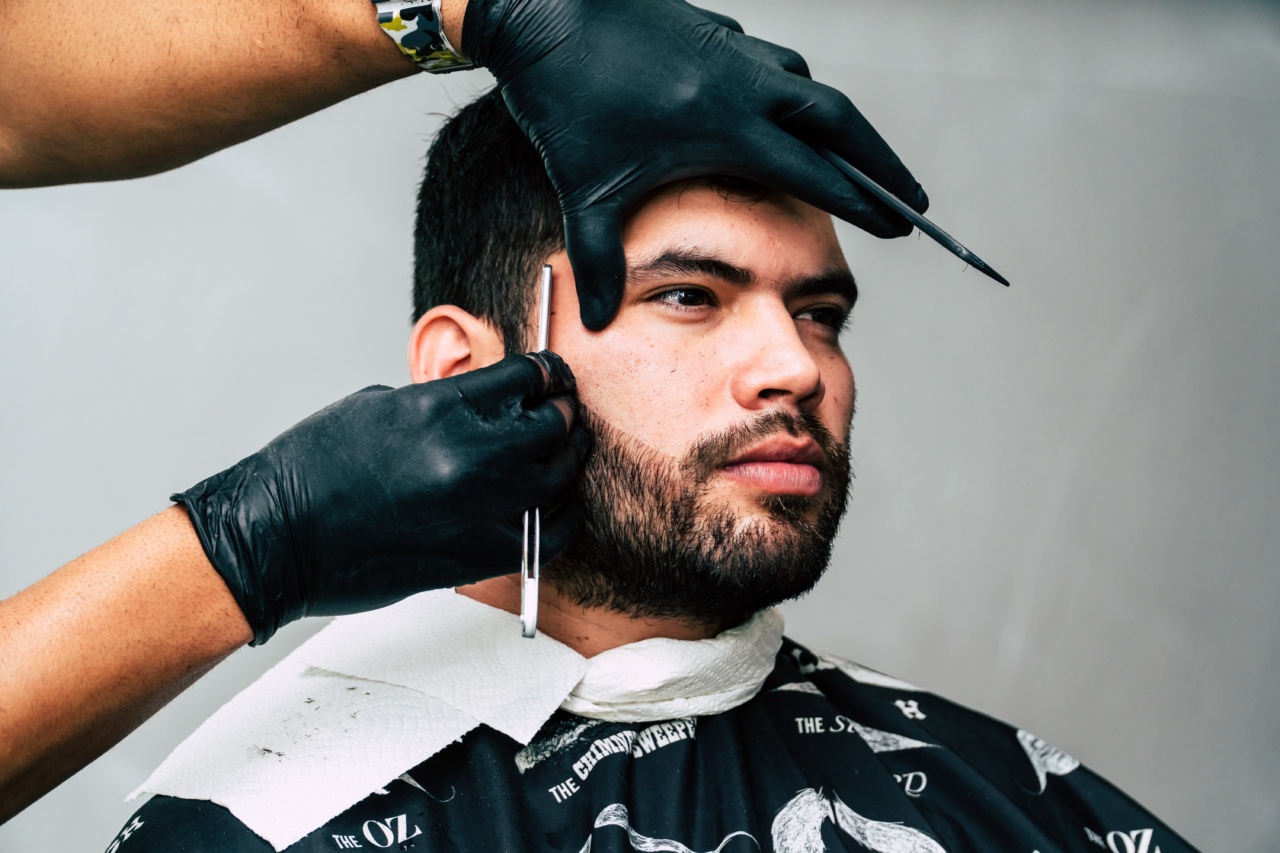Shaving is a common grooming practice that many individuals incorporate into their daily routine. It provides the convenience of eliminating facial or body hair quickly and easily.
However, while shaving offers immediate results, it also comes with a range of drawbacks and potential side effects. In this article, we will explore the disadvantages of regular shaving and the impact it can have on the skin and overall well-being.
1. Skin Irritation and Razor Burn
One of the most common issues associated with shaving is skin irritation and razor burn. Irritation can manifest as redness, itchiness, or a burning sensation on the skin.
These symptoms are often the result of using a dull or old razor blade, applying too much pressure while shaving, or using shaving products that contain harsh chemicals. The repetitive motion of shaving can also contribute to the development of razor burn, causing discomfort and a rough texture on the skin.
2. Ingrown Hairs
Ingrown hairs are another downside of regular shaving. When hair is cut at an angle, it can curl back and grow into the skin instead of outward. This leads to the formation of small, painful, and often unsightly bumps on the shaved area.
Ingrown hairs are more common in individuals with curly or coarse hair and can be particularly problematic in areas like the beard or bikini line.
3. Increased Risk of Cuts and Nicks
While shaving may seem like a routine task, it comes with the risk of cuts and nicks. The use of sharp blades, especially if not handled with care, can result in accidental cuts to the skin. These wounds can be painful and may lead to bleeding.
Additionally, the presence of cuts and nicks can also increase the chances of infection if proper hygiene is not maintained.
4. Fast Hair Regrowth
Although shaving effectively removes hair from the surface of the skin, it does not target the hair follicles beneath. Consequently, hair tends to grow back quickly after shaving.
This rapid regrowth often leads to the need for frequent shaving sessions, as well as the potential for skin irritation due to the constant removal of new hair.
5. Dryness and Roughness
Shaving can strip the skin of its natural oils, causing dryness and roughness. The act of shaving removes not only the hair but also the topmost layer of dead skin cells, further exacerbating the problem.
Dry, rough skin can make it more challenging to achieve a smooth shave and may result in discomfort and itchiness.
6. Shaving-related Acne
For individuals prone to acne or those with sensitive skin, regular shaving can exacerbate the condition. Shaving can cause micro-tears in the skin, allowing bacteria to enter and potentially leading to acne breakouts.
Moreover, the use of shaving creams or gels that contain comedogenic ingredients can clog pores and contribute to the development of acne lesions.
7. Skin Discoloration
Prolonged and repetitive shaving can lead to skin discoloration, particularly in areas where the hair is denser or darker.
This discoloration, often called “shadow” or “five o’clock shadow,” occurs when the hair follicles are cut just below the skin’s surface, resulting in the appearance of darkened areas. While not harmful, this cosmetic concern can be bothersome for individuals seeking to maintain even-toned skin.
8. Expensive and Time-Consuming
While shaving might initially seem like an affordable grooming method, the costs can quickly add up over time. Constantly purchasing new blades, shaving creams, and aftershave products can strain a budget.
Additionally, shaving can be time-consuming, especially for individuals with large areas to shave or those who require frequent touch-ups. This can be particularly burdensome for individuals leading busy lives or with limited time for grooming rituals.
9. Psychological Impact
Regular shaving can have a psychological impact on individuals, especially those with sensitive skin or specific body image concerns.
The presence of skin issues like irritation, ingrown hairs, or acne resulting from shaving can cause distress, affecting one’s self-confidence and overall well-being. The pressure to maintain a hair-free appearance can also contribute to feelings of self-consciousness and dissatisfaction with one’s natural hair growth patterns.
10. Environmental Considerations
Lastly, regular shaving has an impact on the environment. Disposable razors and cartridges contribute to plastic waste, which can be harmful to ecosystems and contribute to pollution.
The constant use of shaving creams, gels, or foams also generates additional packaging waste and may contain ingredients that are harmful to the environment when improperly disposed of.





























